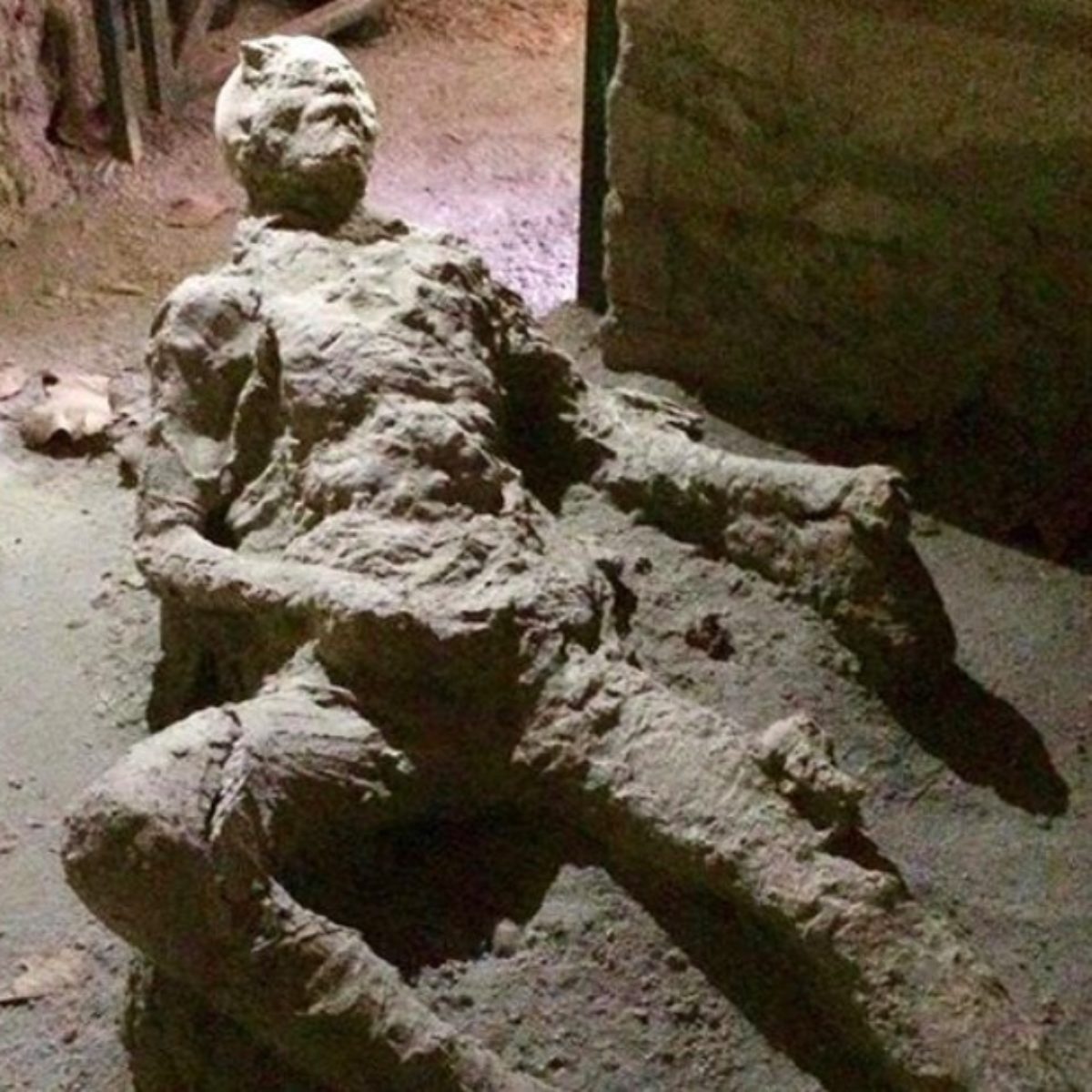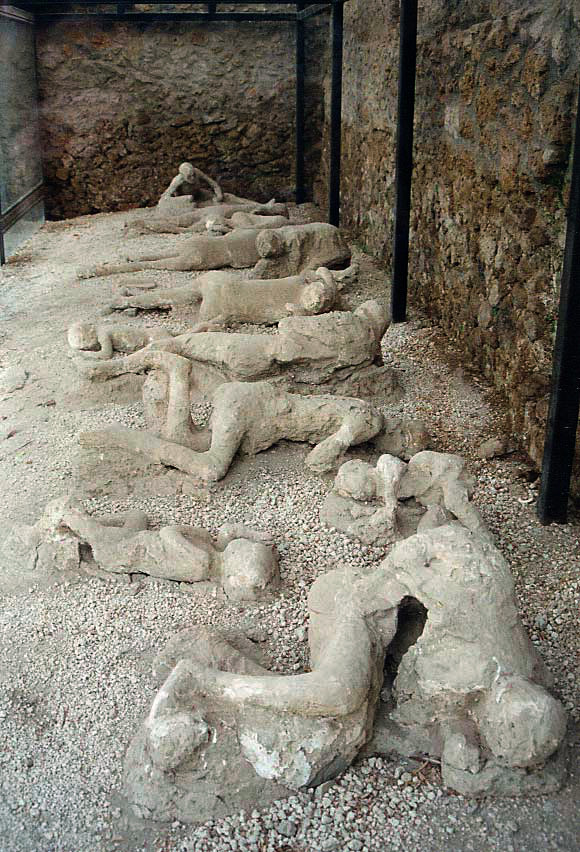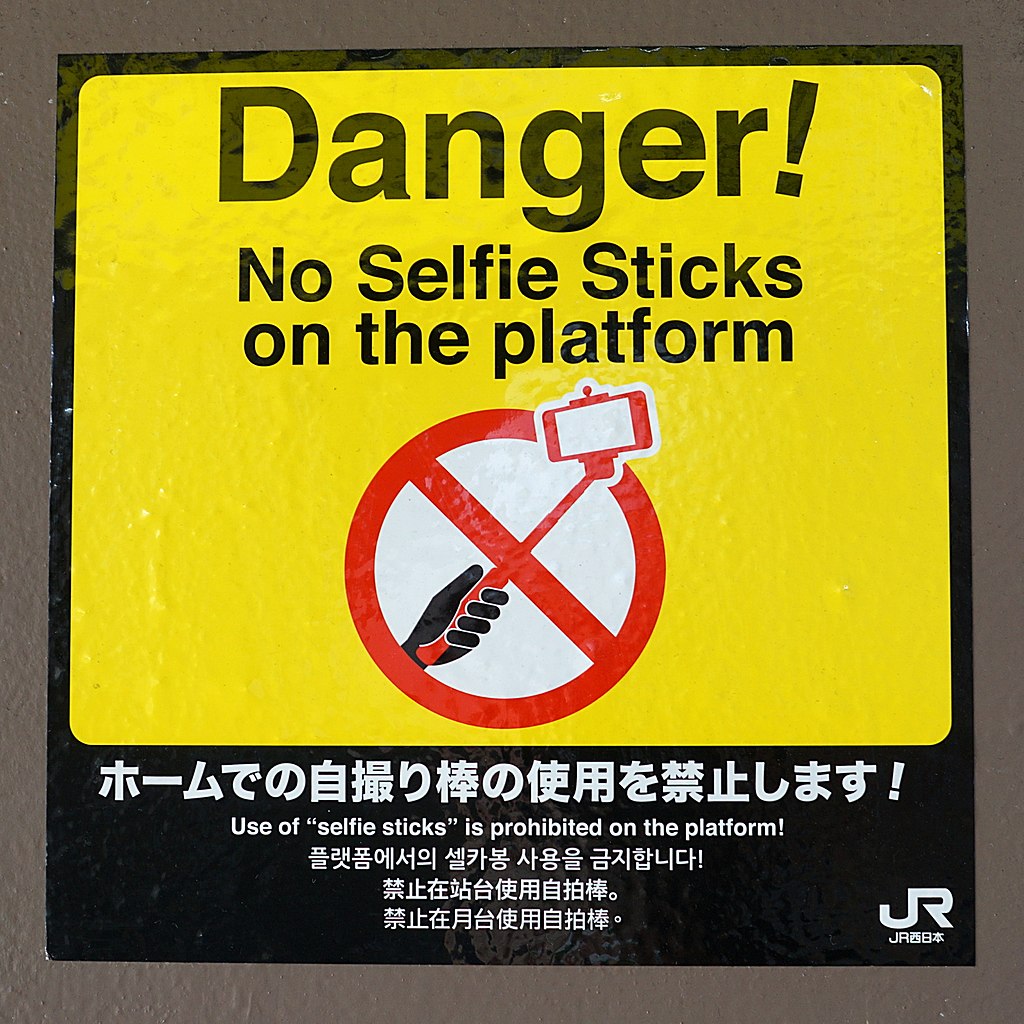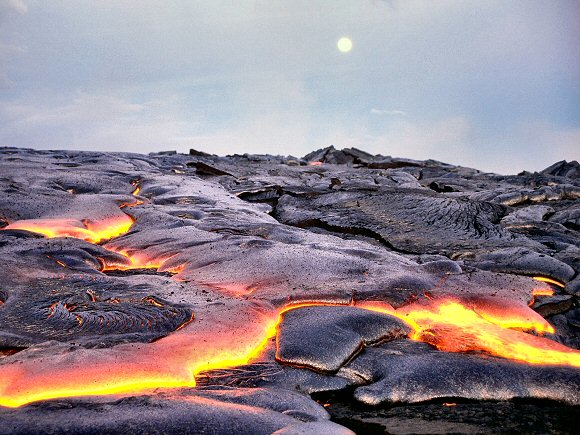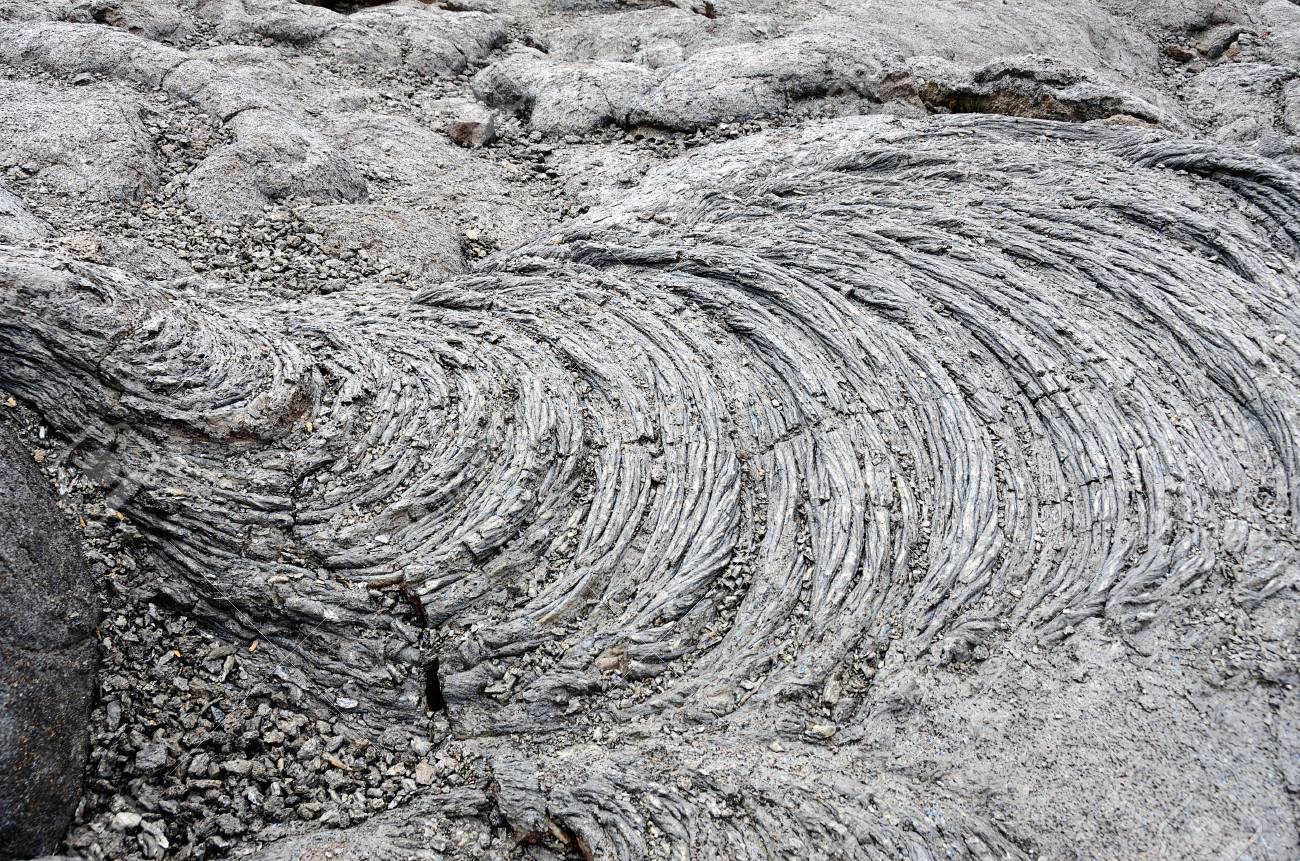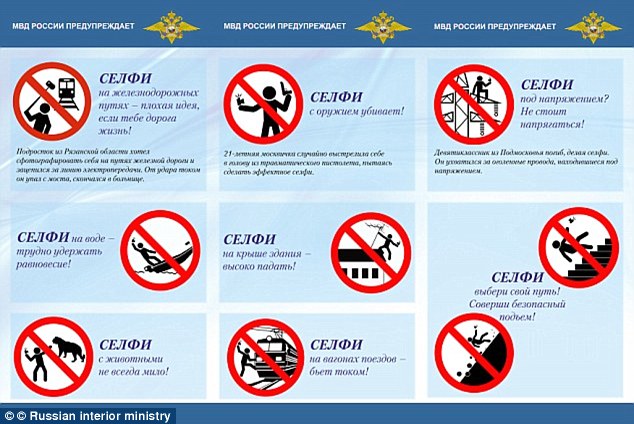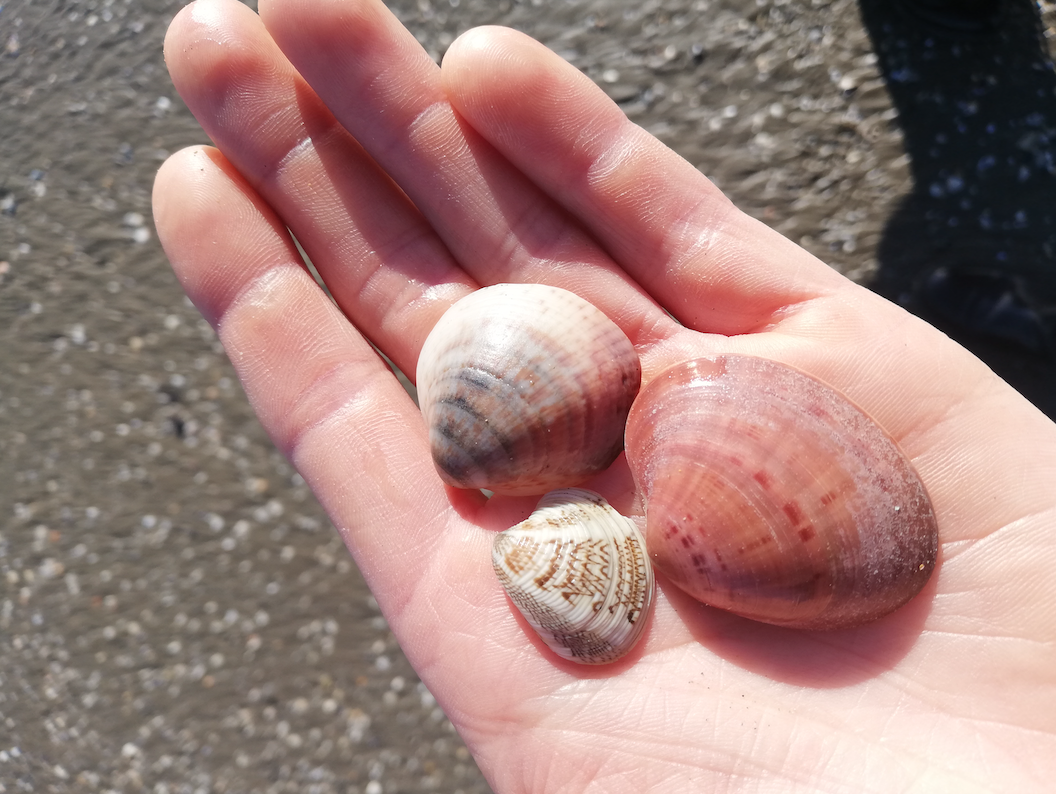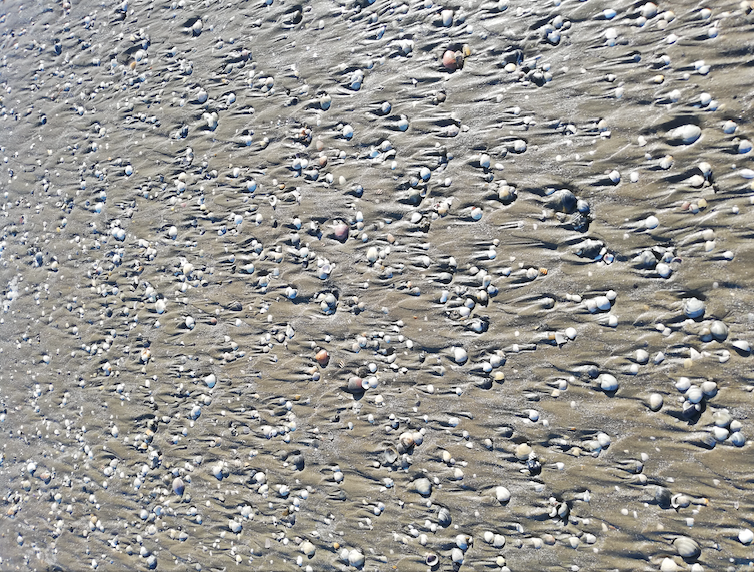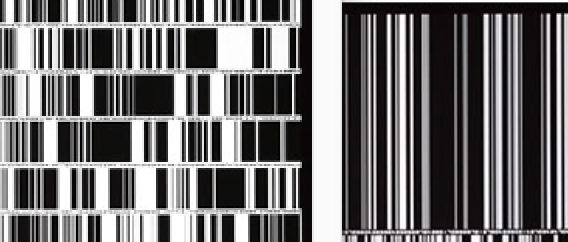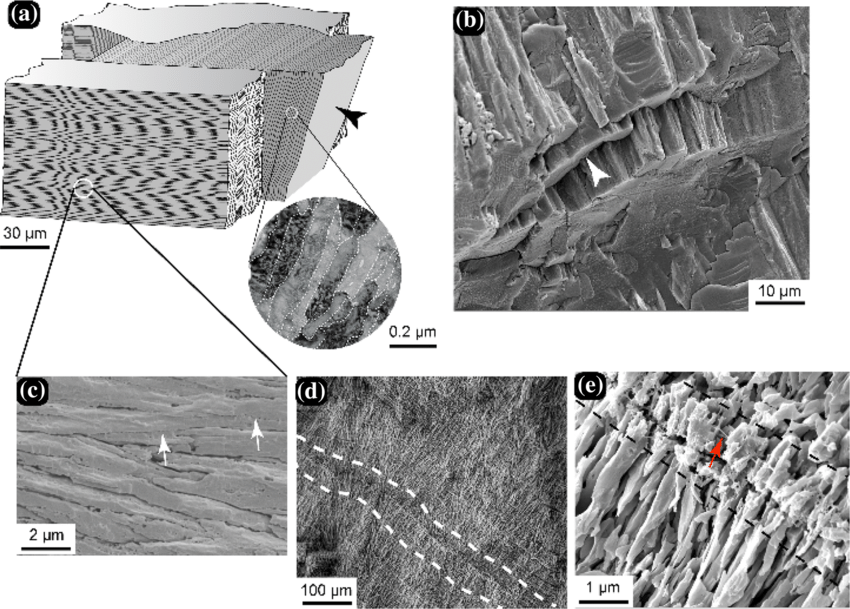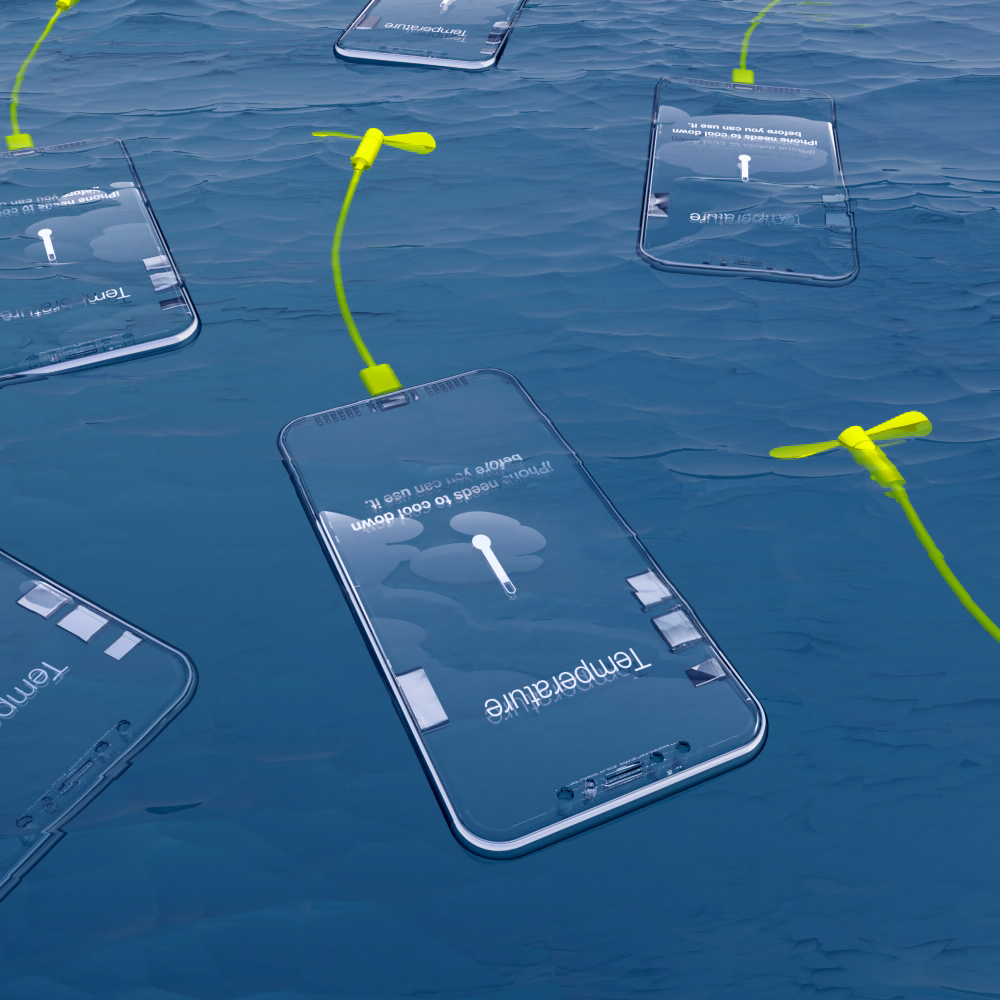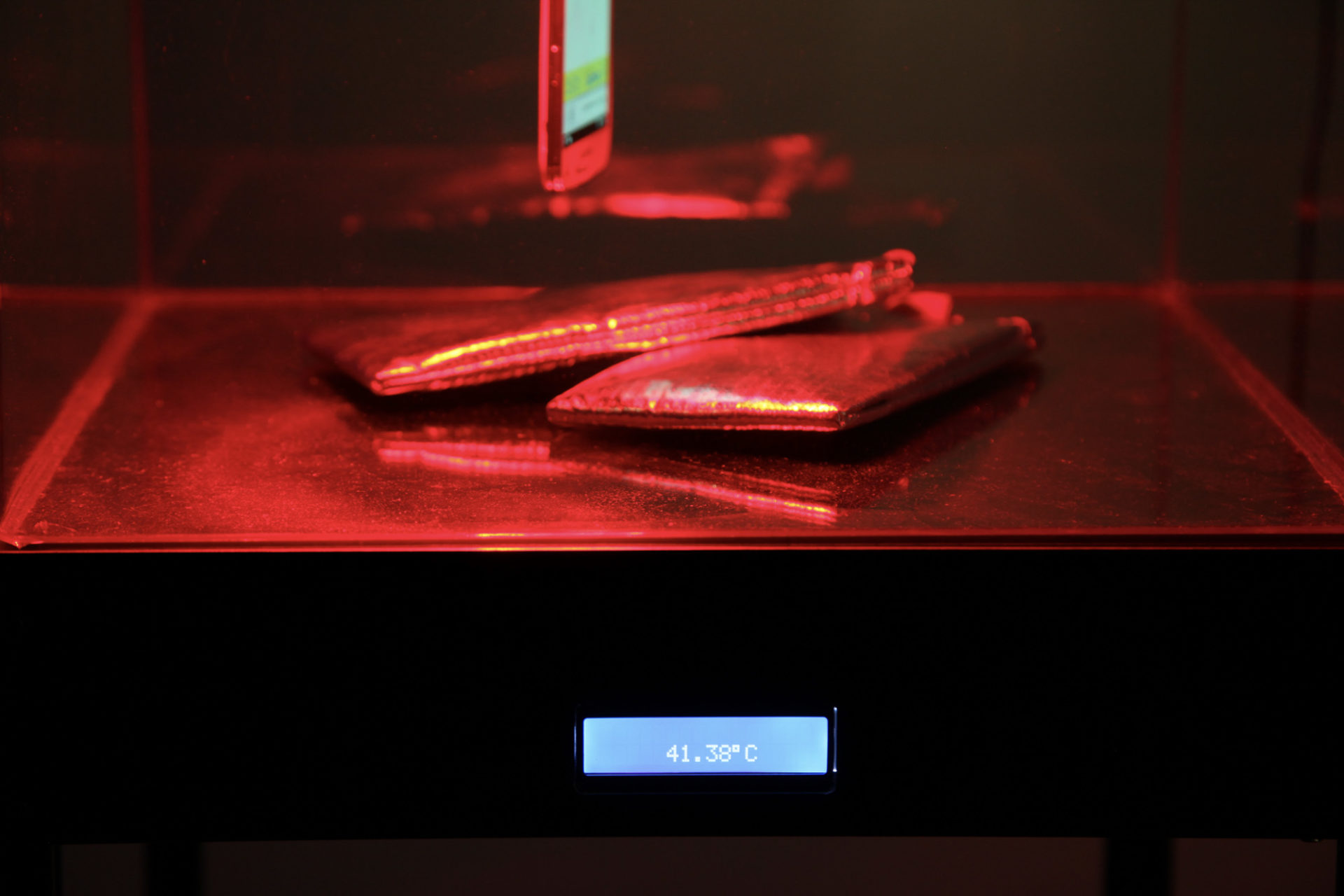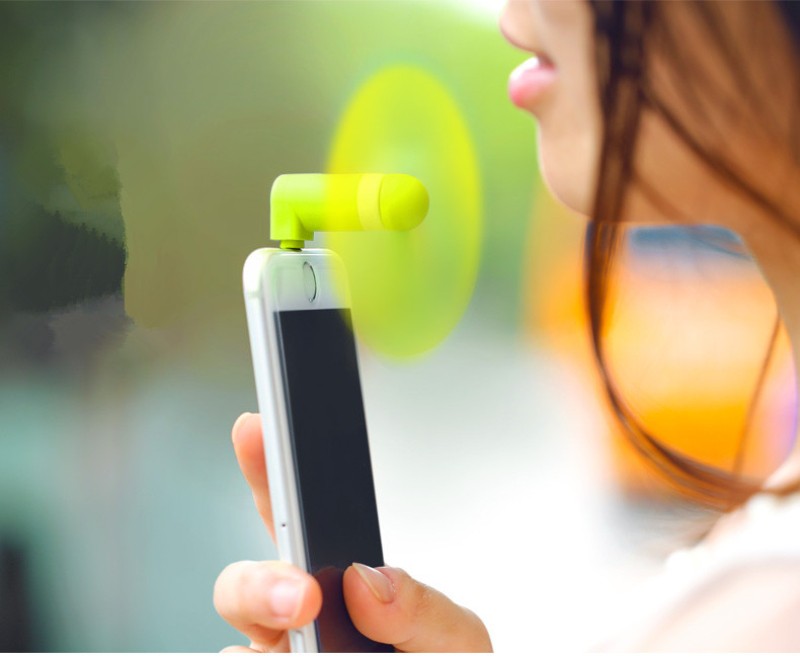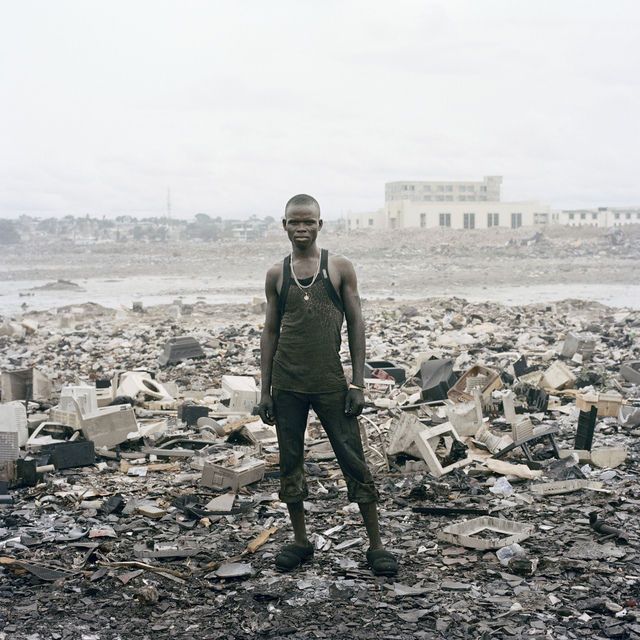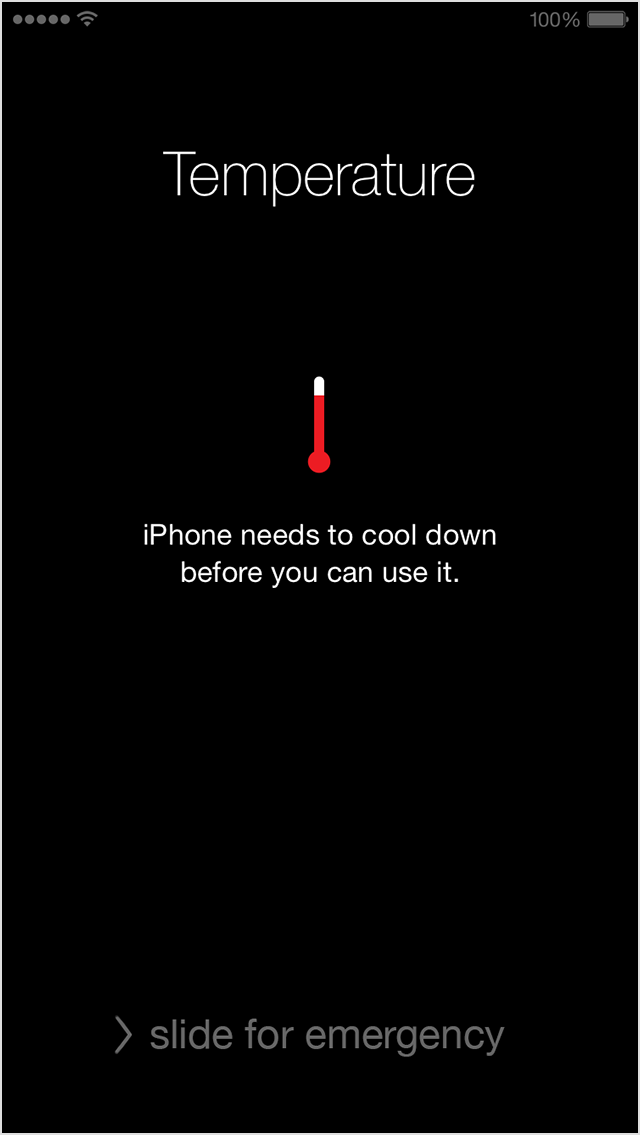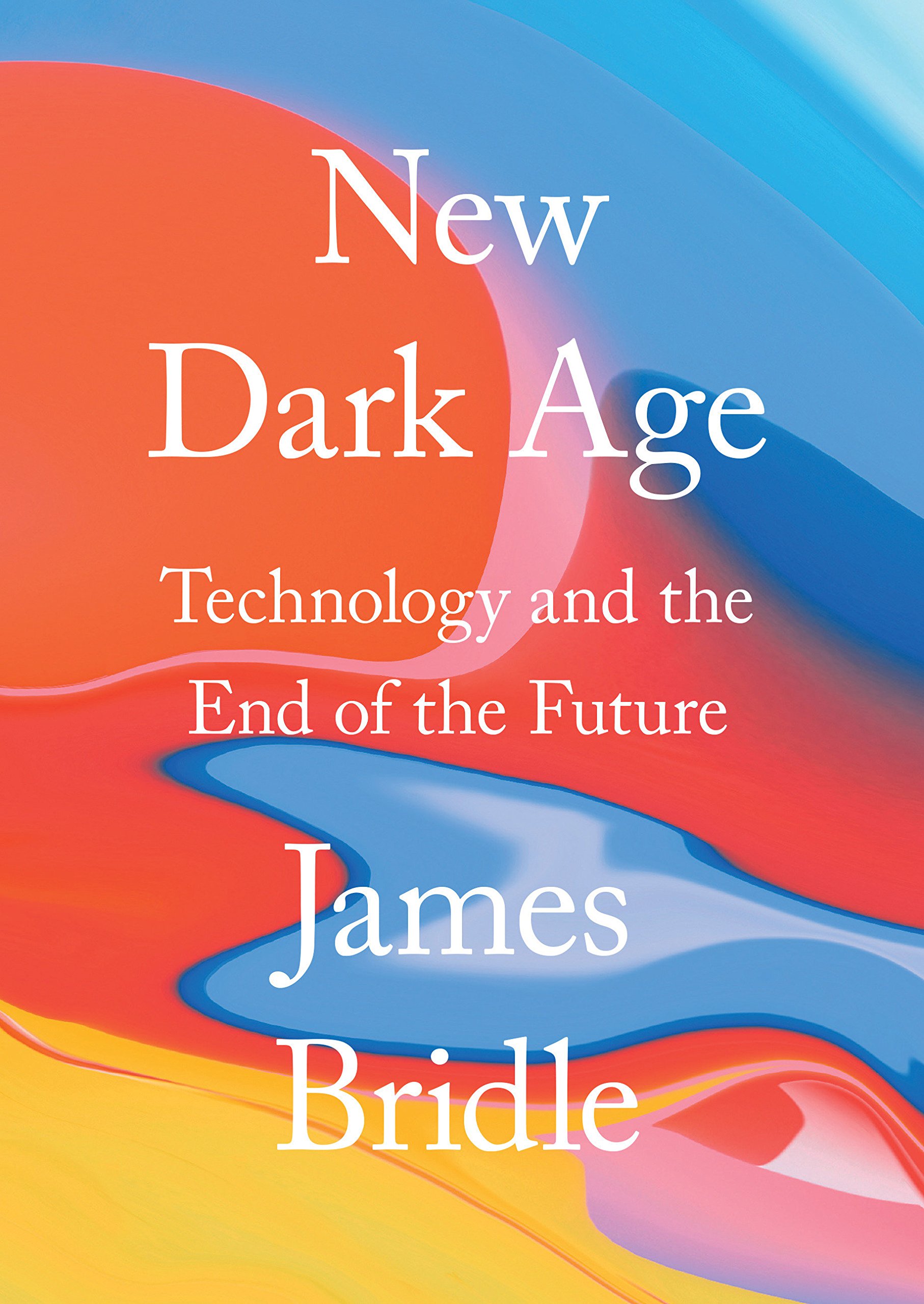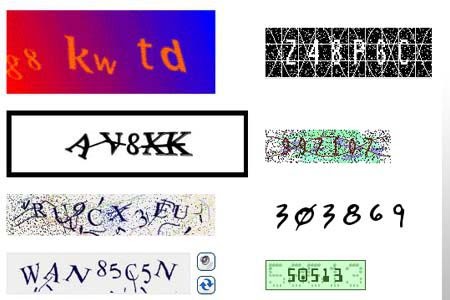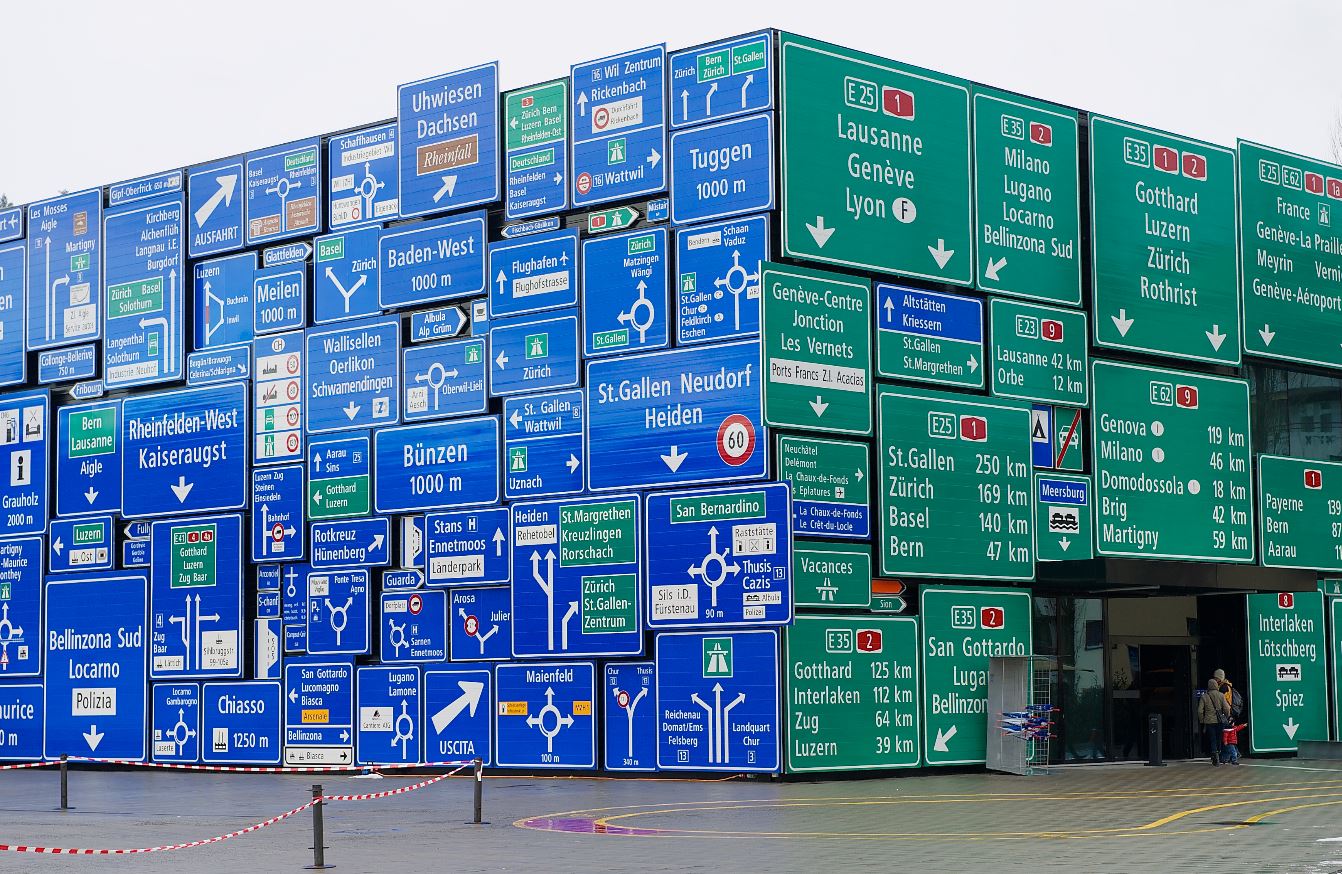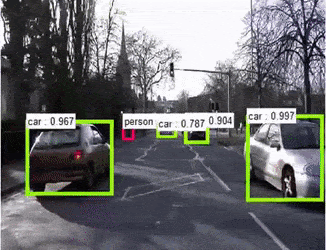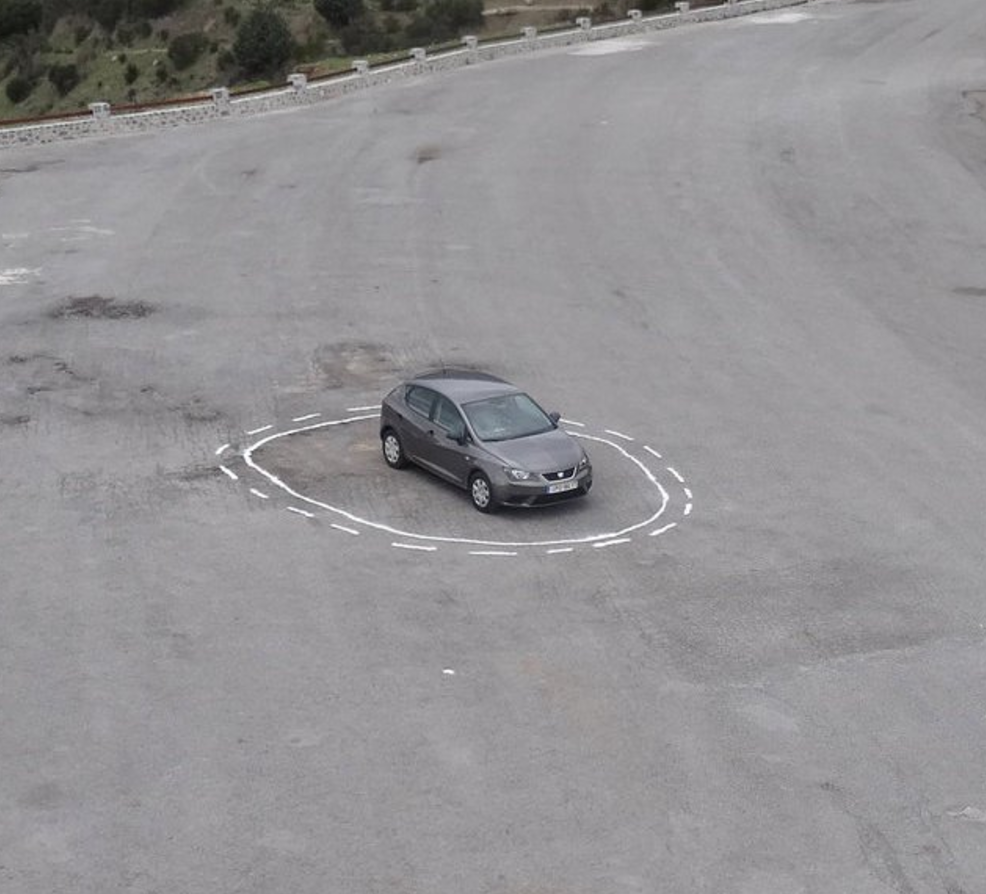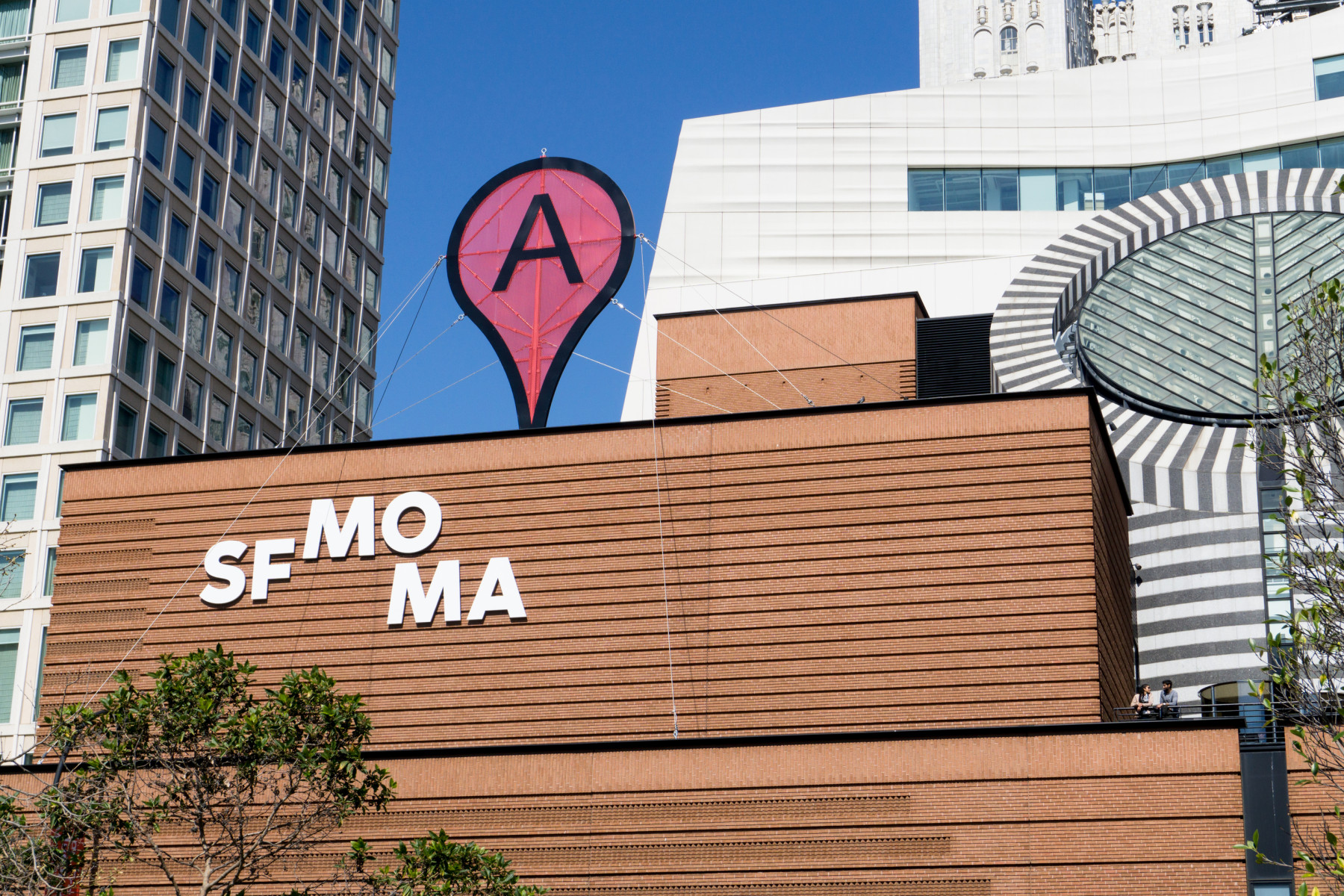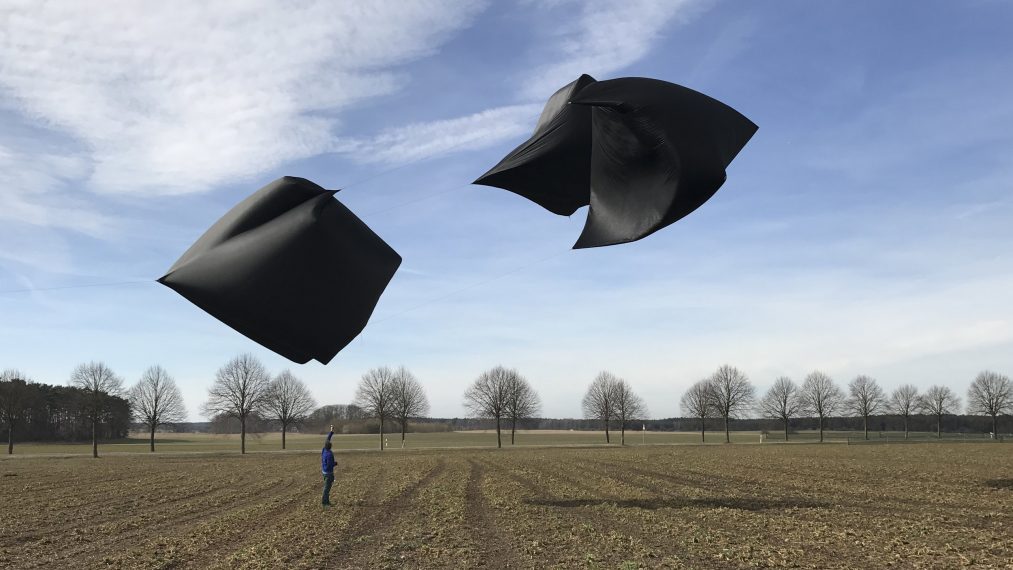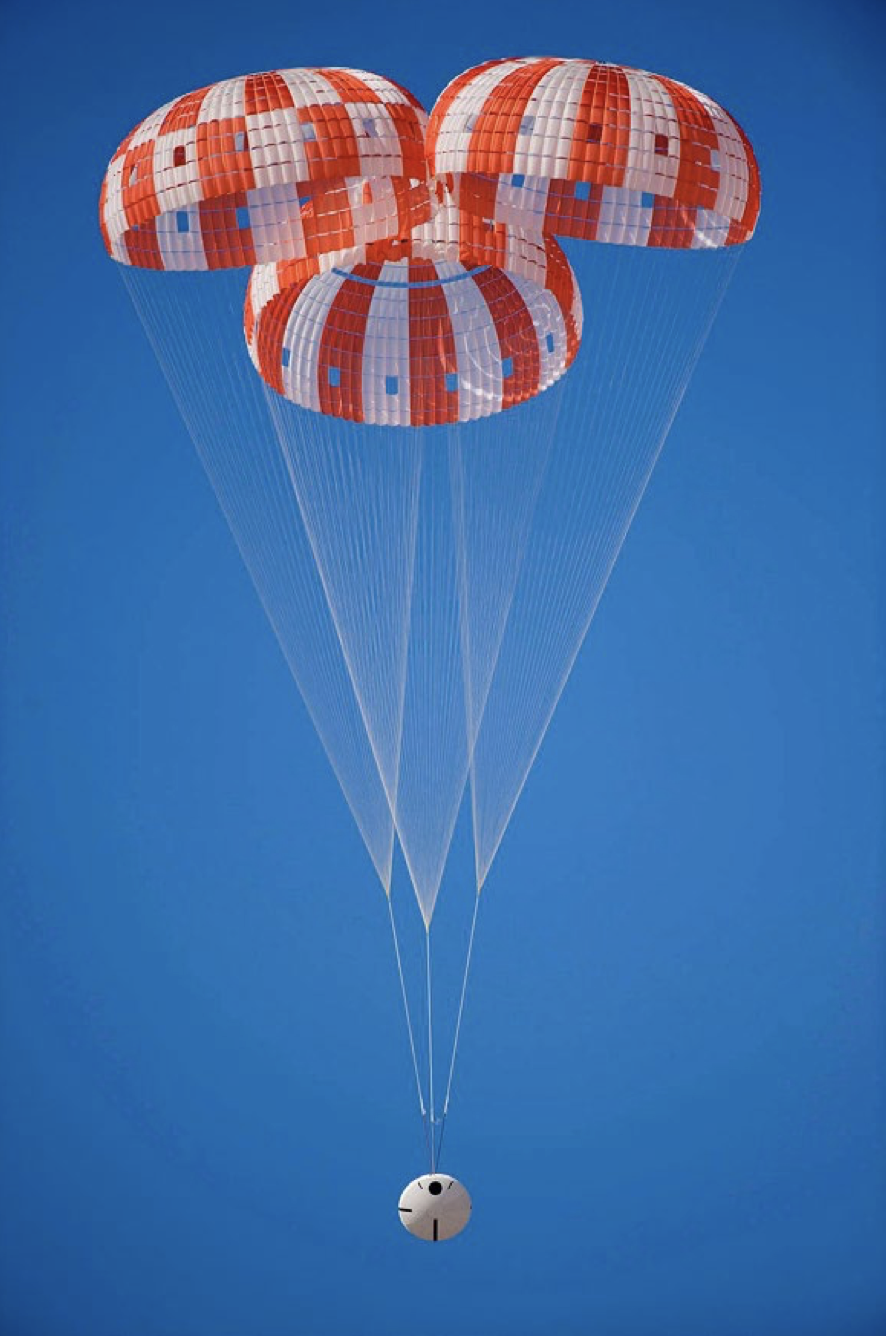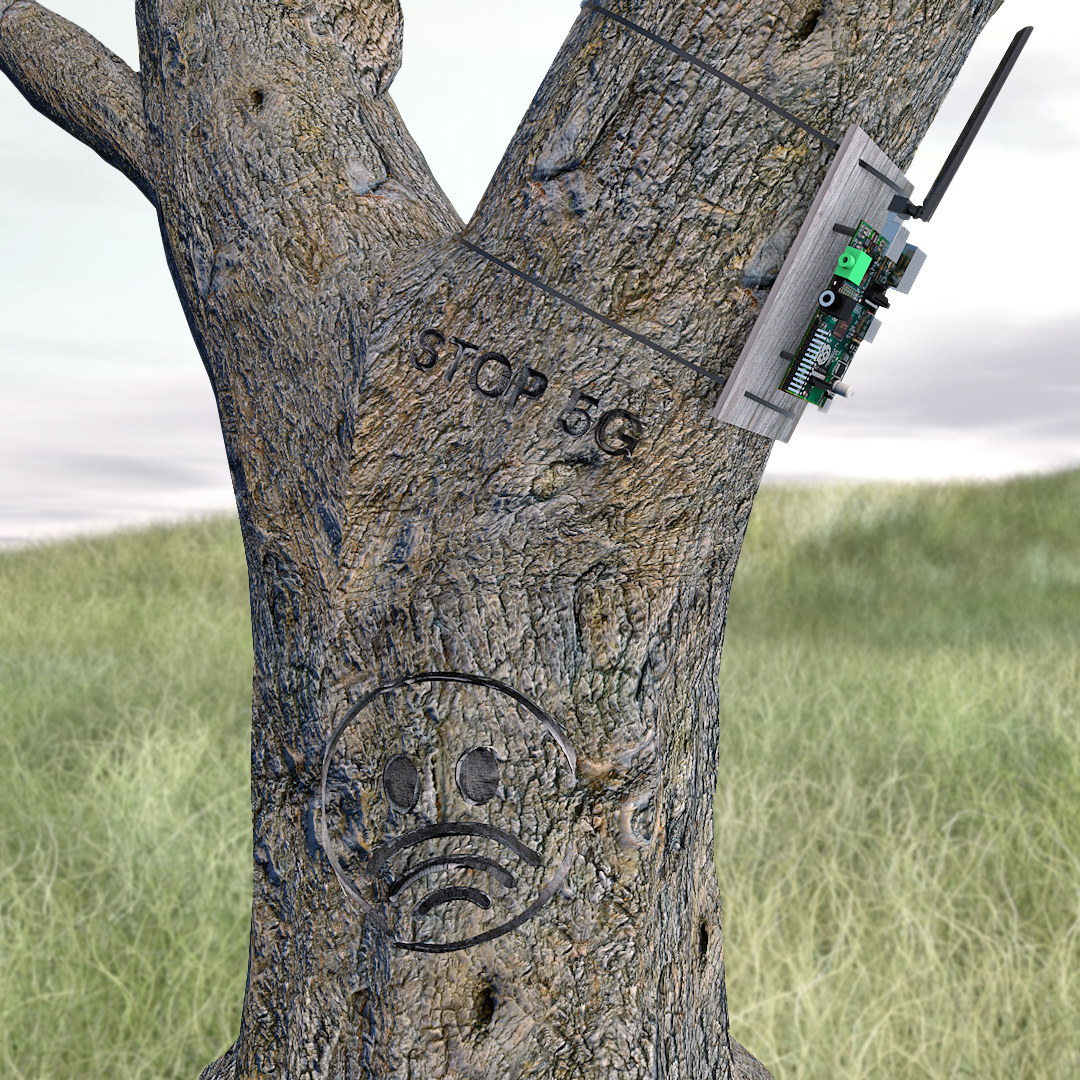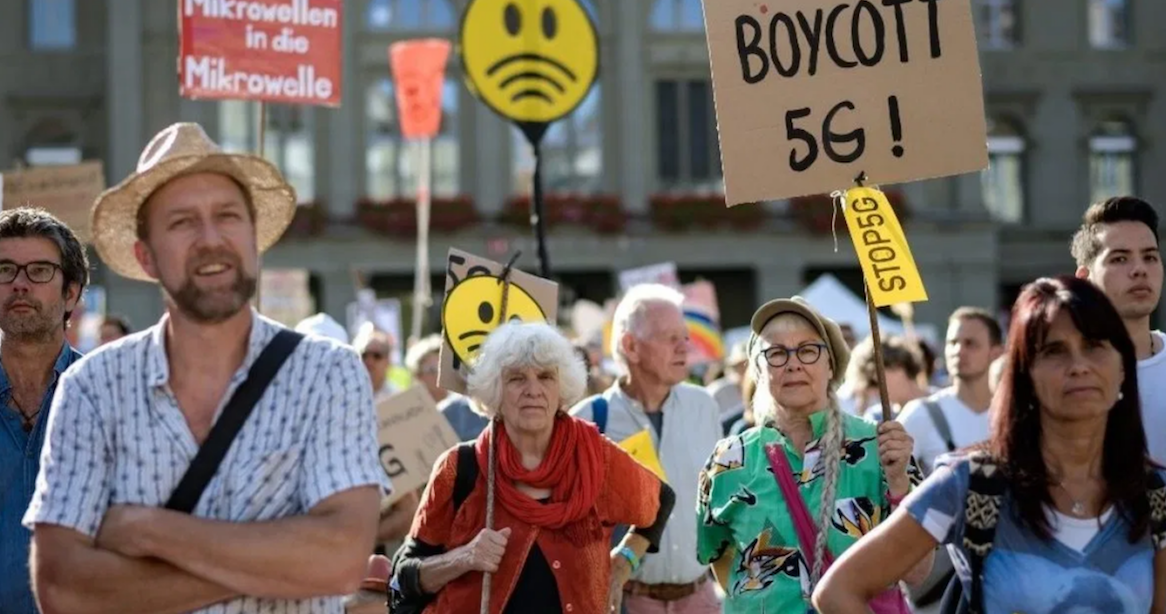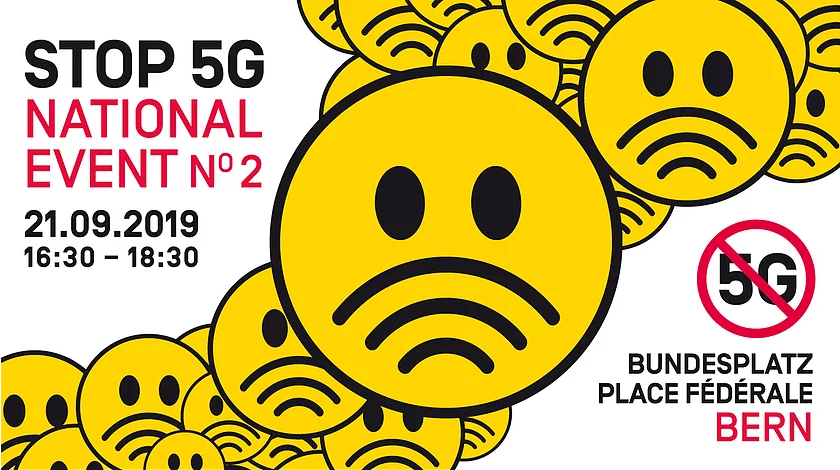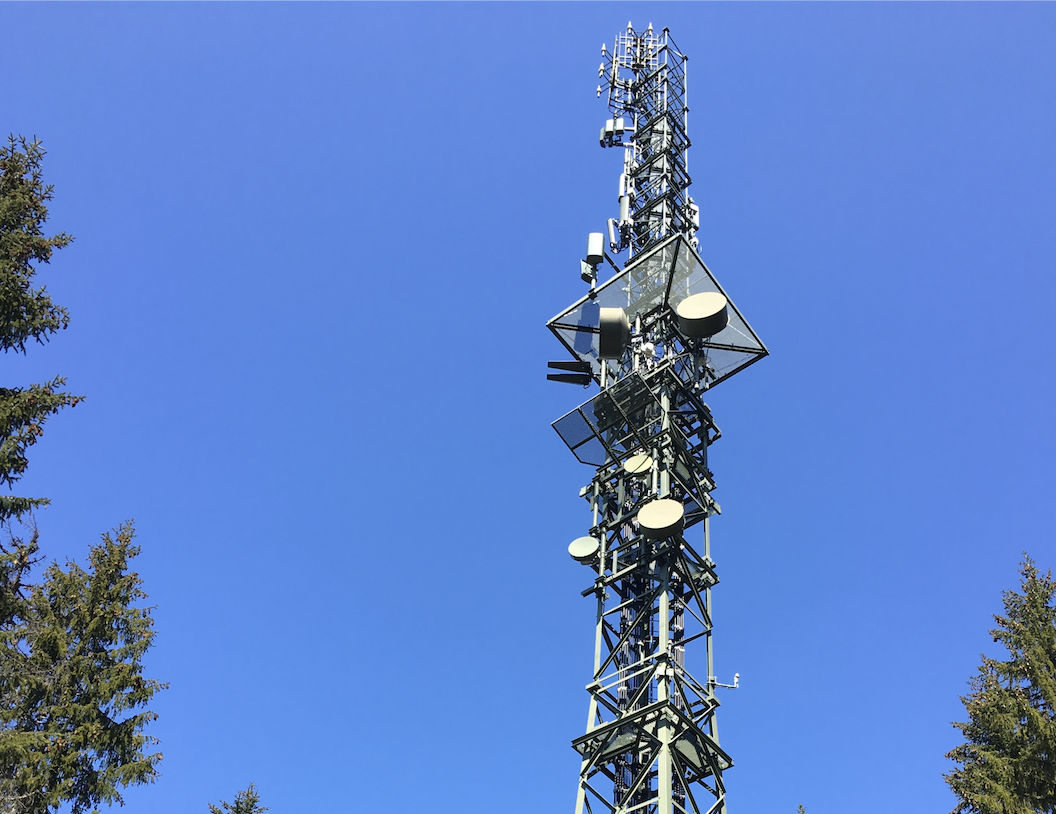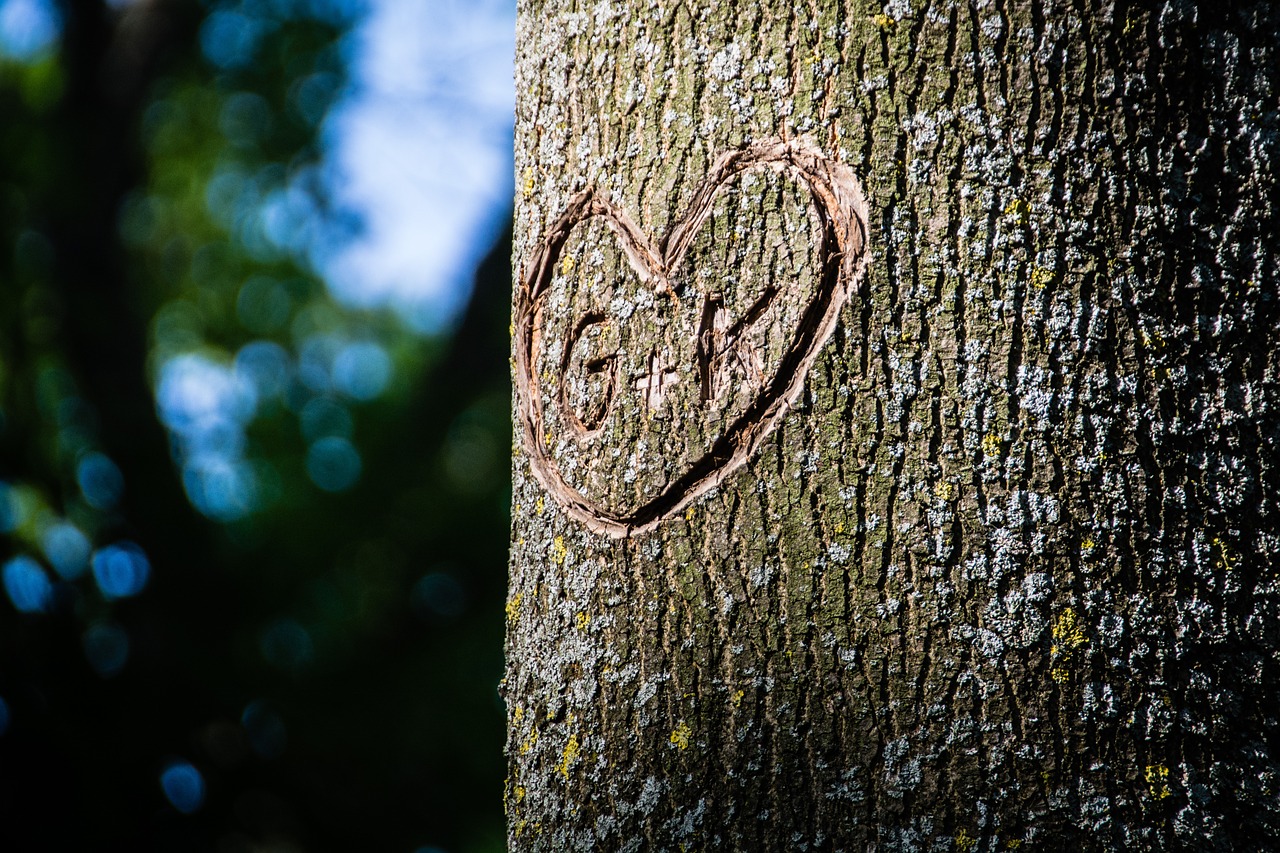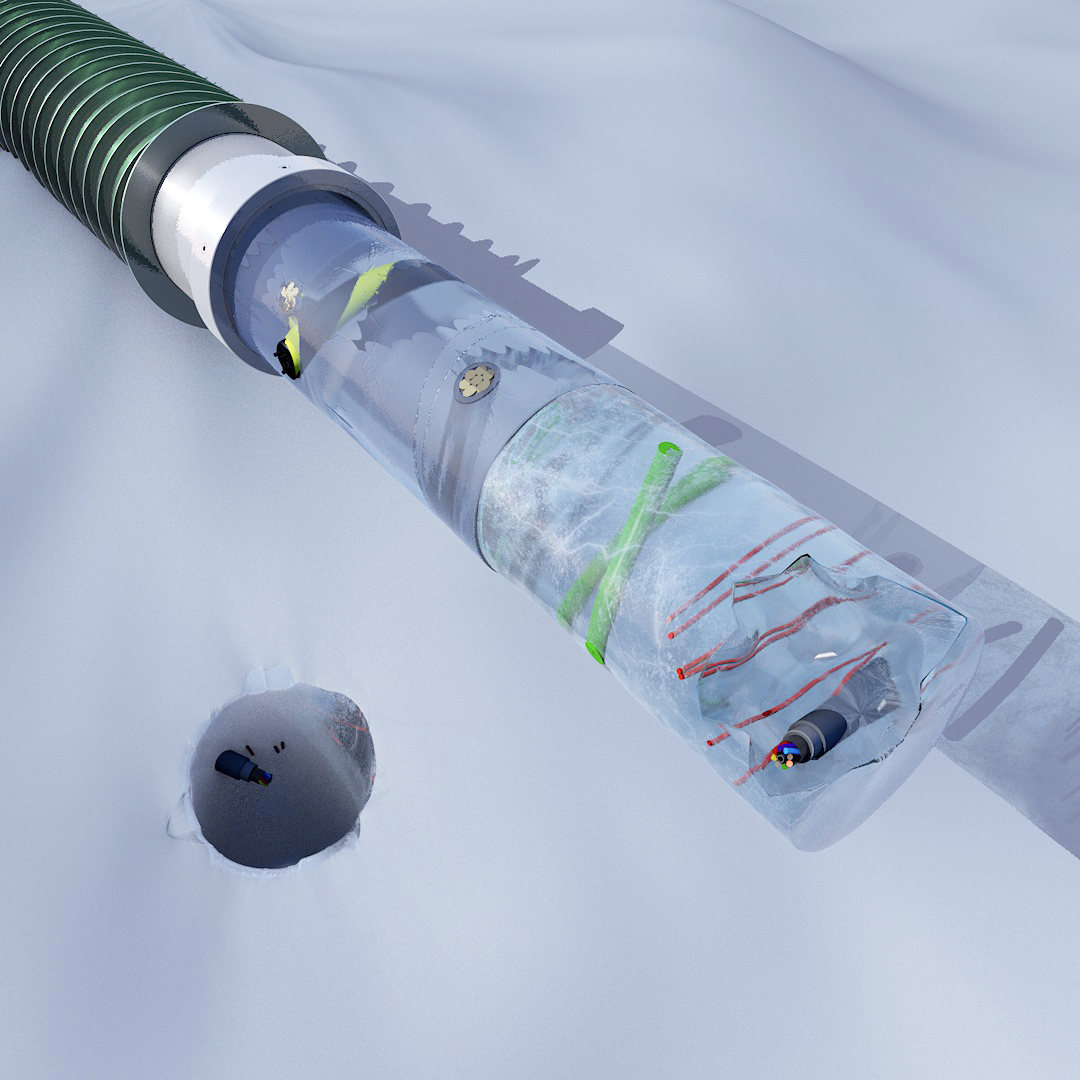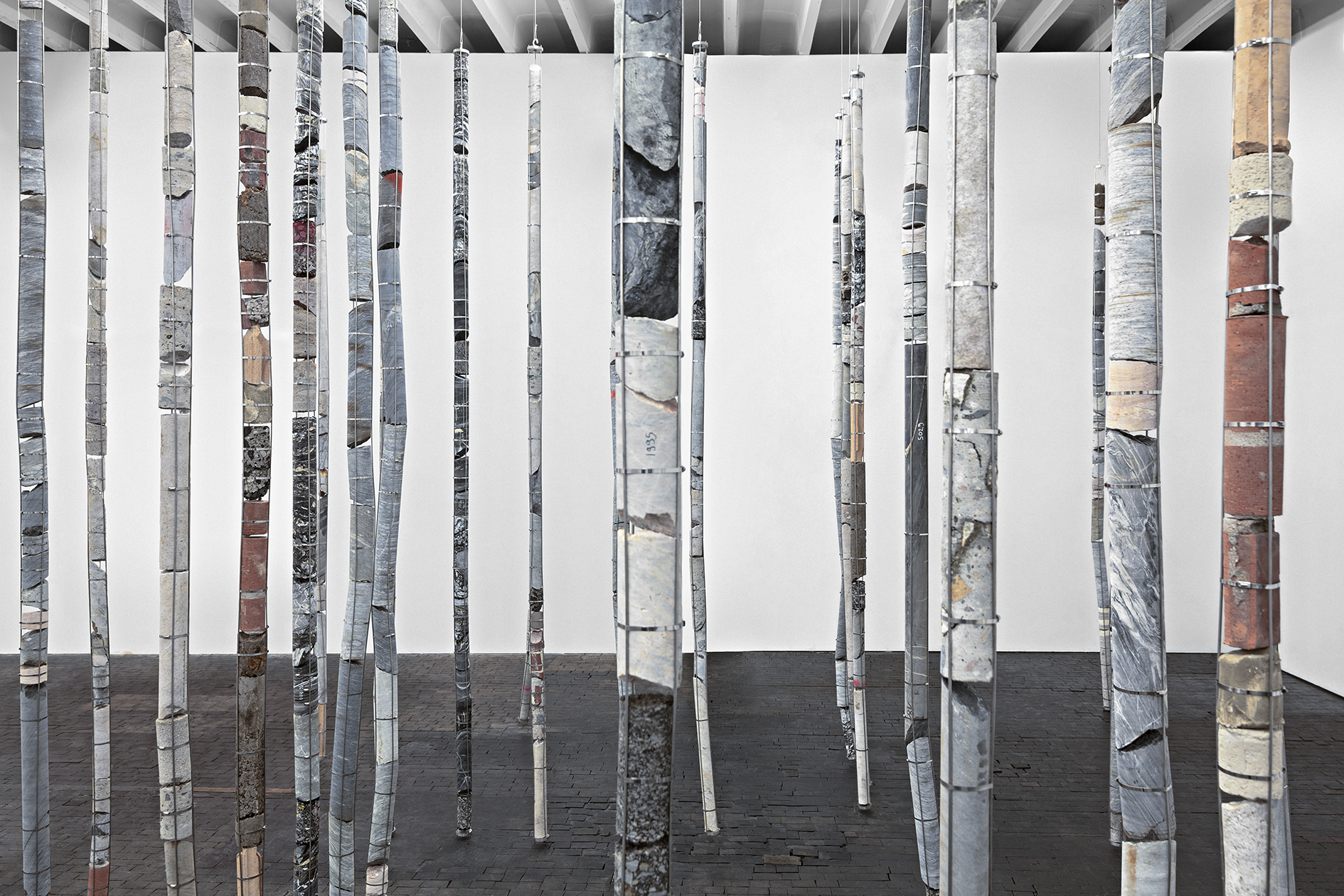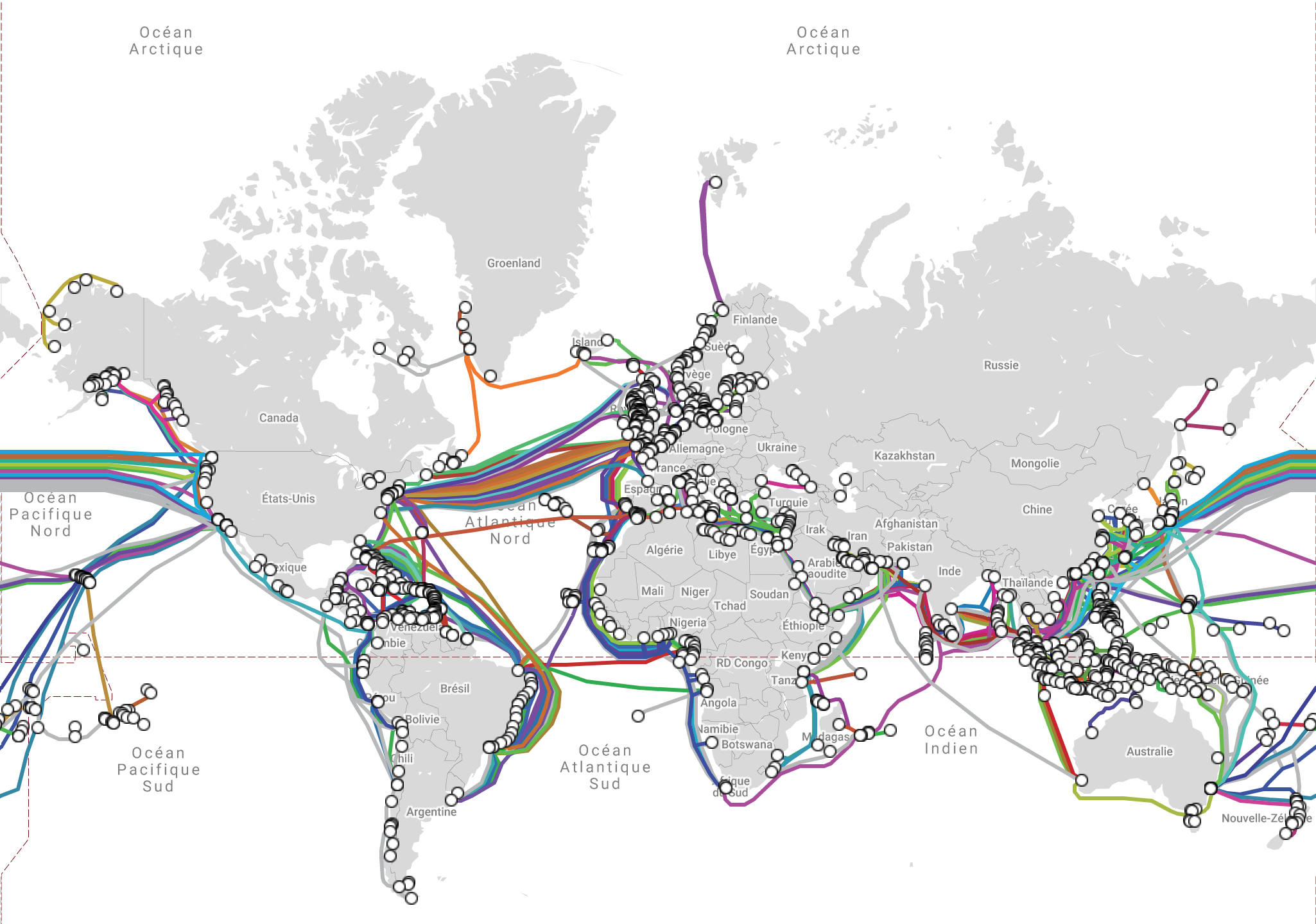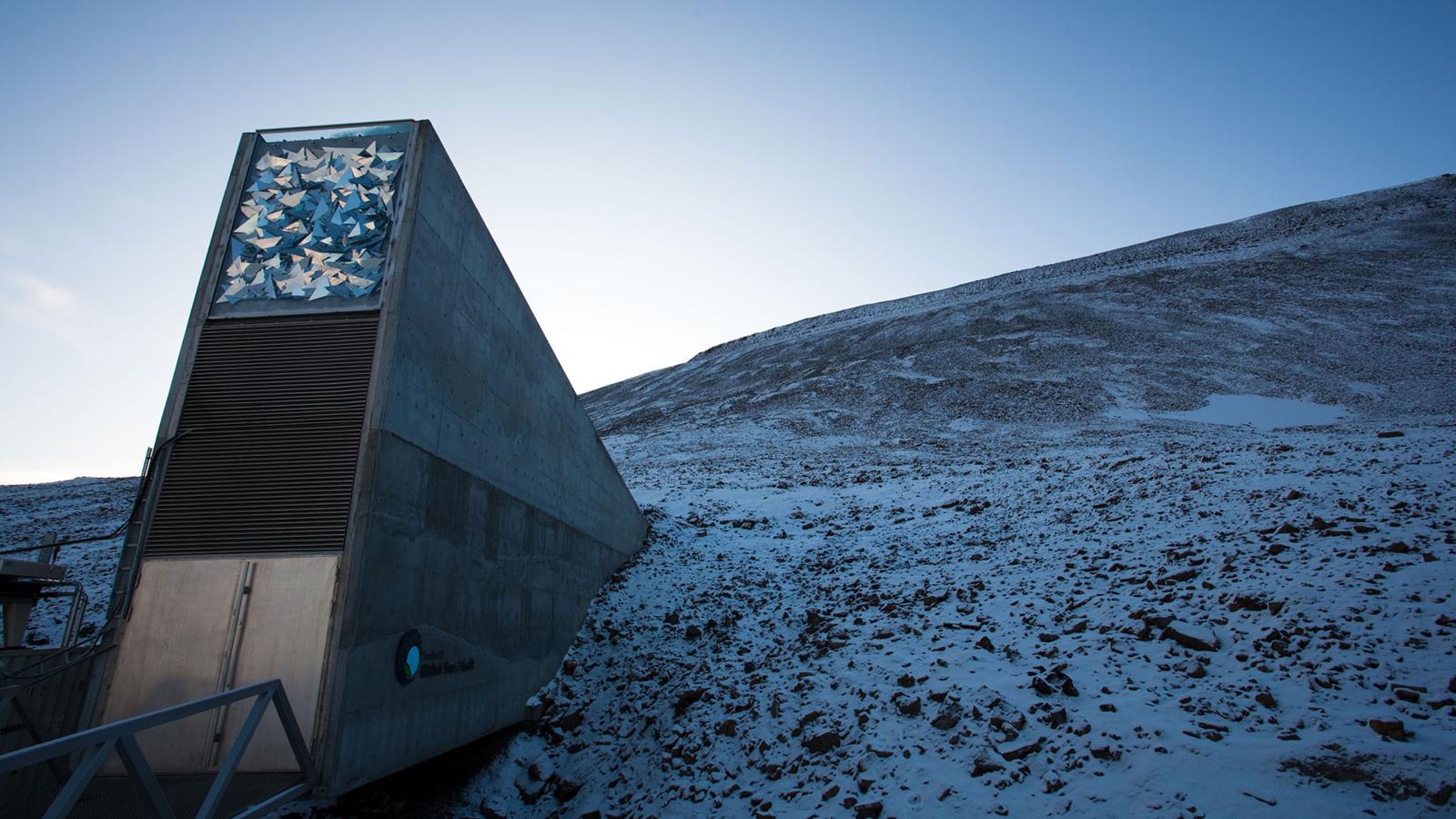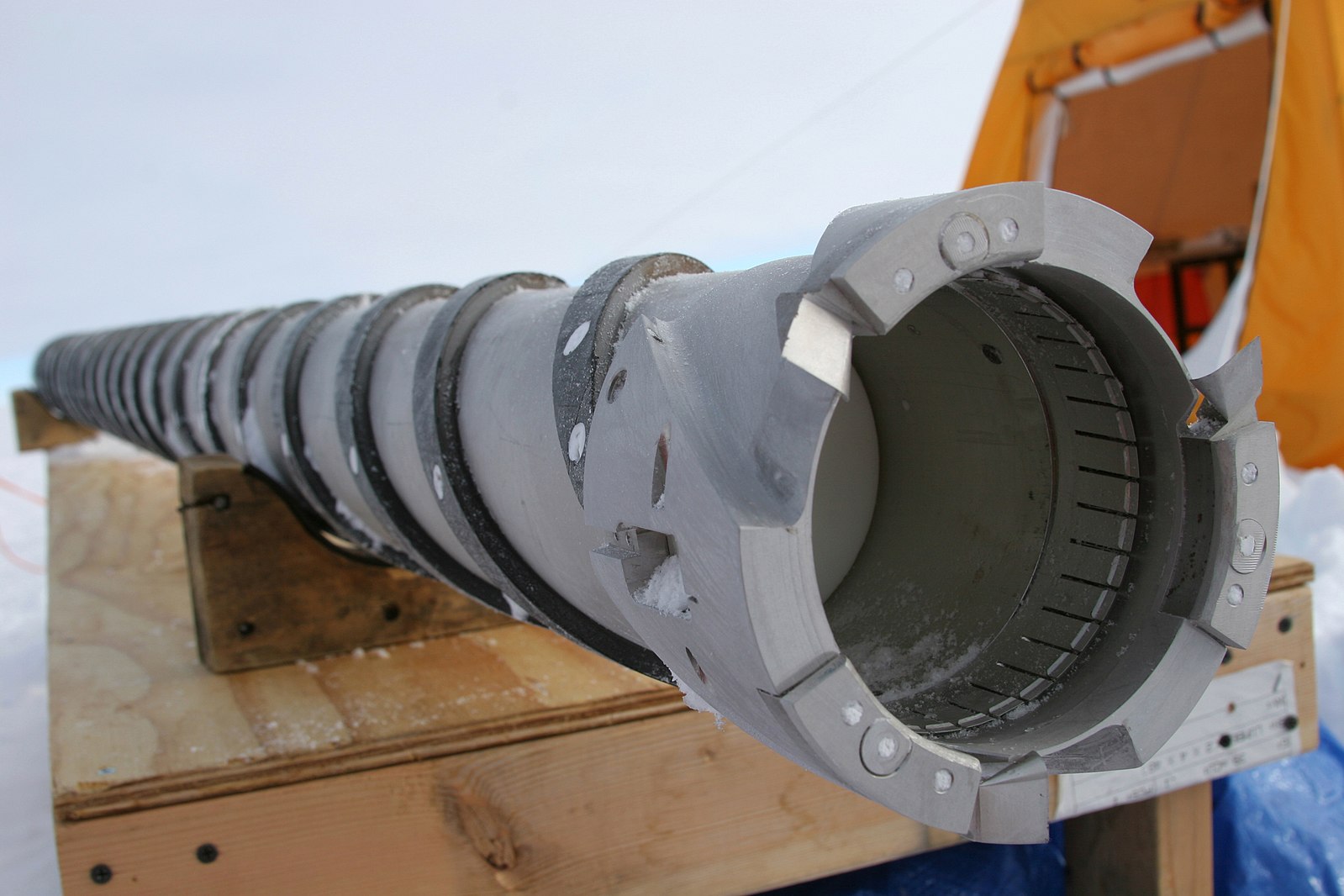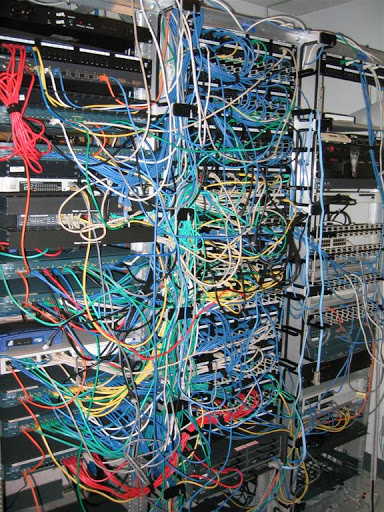1 - Self-reflection on Magma

Due to climate change, extreme weather catastrophes such as: hurricanes, storms, massive wild fires, floods or volcanic eruptions are becoming more and more frequent. In AD 79, the eruption of Mount Vesuvius covered the city of Pompeii under 4 to 6 m of volcanic ash, lava and pumice.
Today Pompeii is a UNESCO World Heritage Site and is one of the most popular tourist attractions in Italy, with approximately 2.5 million visitors per year. Most of them have become accustomed to capture with their smartphones the tragic archaeological remains of Pompei. If Mount Vesuvius goes active again tomorrow, what would be the last gesture of those tourists before death ?
More people are dying while taking selfies than being killed by sharks. This data from 2015 and the Wiki list of selfie-related injuries and deaths are highlighting the darkside and absurdity of our time. As with the 'Pompeii Masturbator', which has been conserved for ages under volcanic matter, could lava or magma become the material-solution for storing our digital data and thus leaving a trace for future generations ?
- MAYER-SCHÖNBERGER Viktor, Delete: The Virtue of Forgetting in the Digital Age (Princeton University Press, New Jersey, Paper- back. 2011)
- LEVY Paul, Digital Inferno: Using technology consciously in your fife and work, 101 ways to survive and thrive in a hyperconnec- ted (Clairview, Great Britain, 2014)
Inspirations
